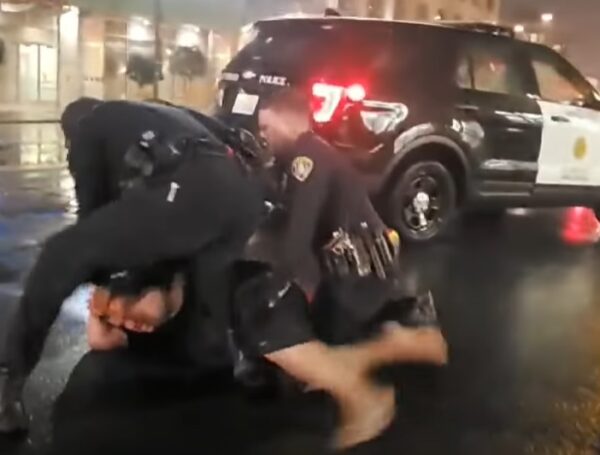
From a Force Science Institute report: “In a move strongly supportive of law enforcement, a special investigative task force of the American College of Emergency Physicians has formally declared that the violent and sometimes lethal phenomenon known as “excited delirium” really does exist.”
From the American College of Medical Toxicology: “Although we support discontinuing the use of the term “excited delirium,” we believe that it is useful to have terminology describing the clinical condition of a patient with dangerous psychomotor hyperactivity and agitation while the final etiology and diagnosis are being determined. We prefer the term “hyperactive delirium with agitation” to describe this initial undifferentiated presentation of patients with altered mental status who are aggressive or have vital signs suggestive of excessive adrenergic activity. “Hyperactivity,” “delirium,” and “agitation” are clear and established medical terms.”
From the Psychiatric Times: “There is universal confusion around excited delirium syndrome (ExDS): What is it and how should it be treated? The short answer is we do not know the answers, and there are no comprehensive treatment guidelines or formal criteria, according to a panel presenting at the 2021 American Psychiatric Association (APA) Annual Meeting.”
From the National Center for Biotechnology: “Although more research is needed to elucidate cause and effect, it is important to note that a lack of recognition of the condition in the context of law enforcement activities does not negate the significance of the behavioral and physical signs referred to as EXD. For instance, one important study found that only 18 of 214 individuals identified as having EXD died while being restrained or taken into custody.6 If anything, the possible association with other life-threatening syndromes only gives impetus to the need for critical emergency medical intervention when encountering a person thought to be in a state of excited delirium.”
From The National Association of Medical Examiners: “The National Association of Medical Examiners (NAME) has instructed its members to stop listing “excited delirium” on death certificates. The term has been used for too long to justify police force, the group said.” But also: “Some experts warn that regardless of what words are used, police will still encounter subjects exhibiting the behaviors associated with the phrase.”
In 2009 the American College of Emergency Physicians “formally recognized excited delirium as a unique syndrome. patients who experience this condition are at a higher risk of injury and death. Tragically, ExD patients have a fatality rate of approximately 10%, with 75% of those deaths occurring on scene or during transport” as quoted by Andrew Pachon, MD; and Tiffany M. Abramson, MD in an article on EMS1.com. “First responders must recognize ExD patients are experiencing medical emergencies and are not simply non-cooperative suspects. A review of the use of force with excited delirium patients has shown that standard de-escalation tactics are likely to be ineffective. ExD patients are often described as “impervious to pain” and therefore pain compliance techniques, including distraction strikes and/or the use of a TASER device, are infective. As outlined above, these patients are predisposed to hyperthermia and muscle breakdown and therefore, physical restraint alone is likely to be ineffective and further exacerbate these conditions as the patient continues to fight against restraints.”
So are we crystal clear now? Various science groups are dancing around the phrase and characteristics under the general umbrella of suspicion that law enforcement is leveraging the phrase to cover up good old fashioned brutality. But whatever you call it, the behavior cluster is real and presents an imminent threat to the person experiencing it.
When officers and EMS arrive on a chaotic scene where someone is taking off their clothes, agitated, yelling, incoherent, unresponsive to de-escalation efforts, often damaging property, and impervious to pain, usually under the influence of drugs and underlying medical conditions what are they to do? With all due regard to the researchers and commentators, the reality is that when this behavior happens in the street away from the resources and expertise of the hospital, clinical quandaries disappear, and the survival of the patient and first responders. They can’t just walk away from the crisis.
As Force Science Institute writer, attorney Von Kliem has stated: “Discussions that should be aimed at identifying the best emergency response protocols for suspected ExDS cases have instead become racialized and hyper-politicized. Conversations around ExDS have become volatile, divisive, and no longer reflect purely physiological or psychological considerations.”
Call it what you want, but don’t say the phenomenon doesn’t exist just because it happens on the streets where commentators fear to tread.